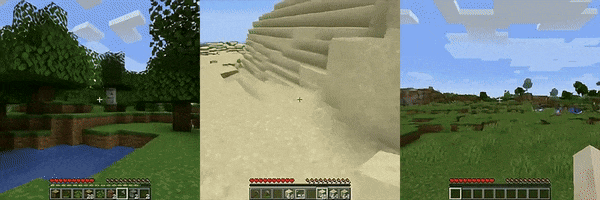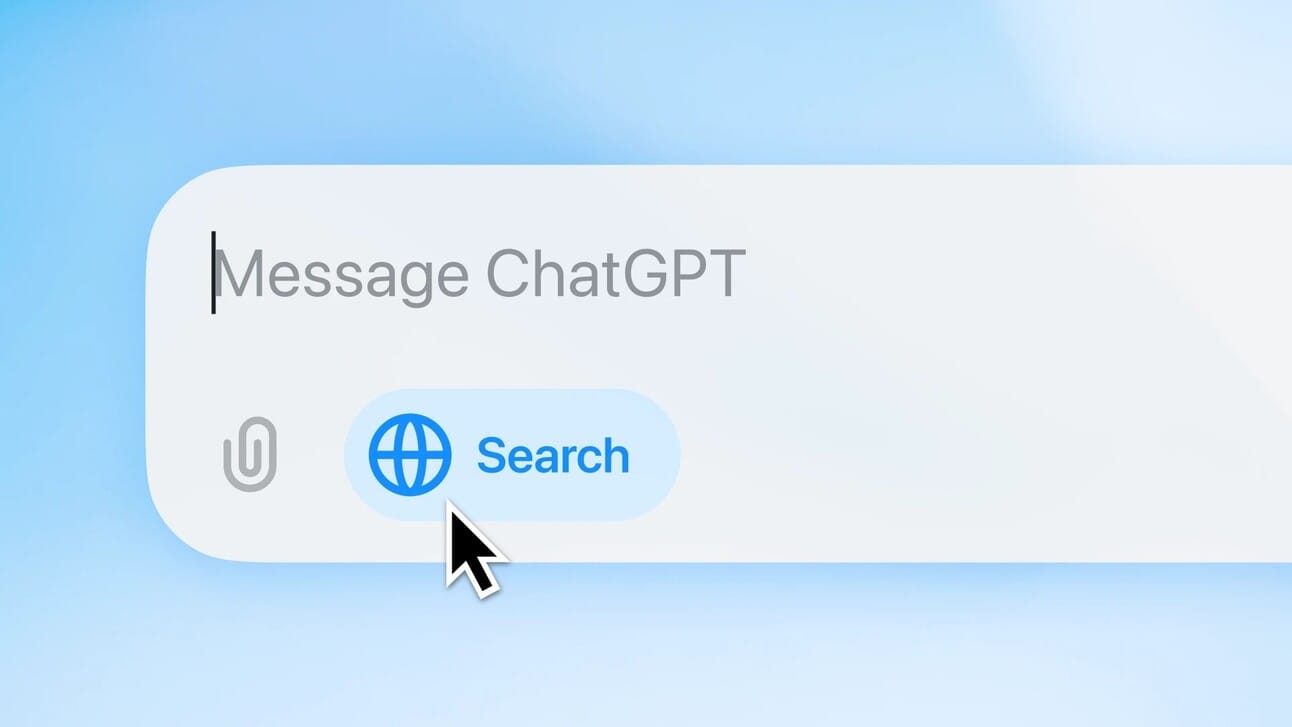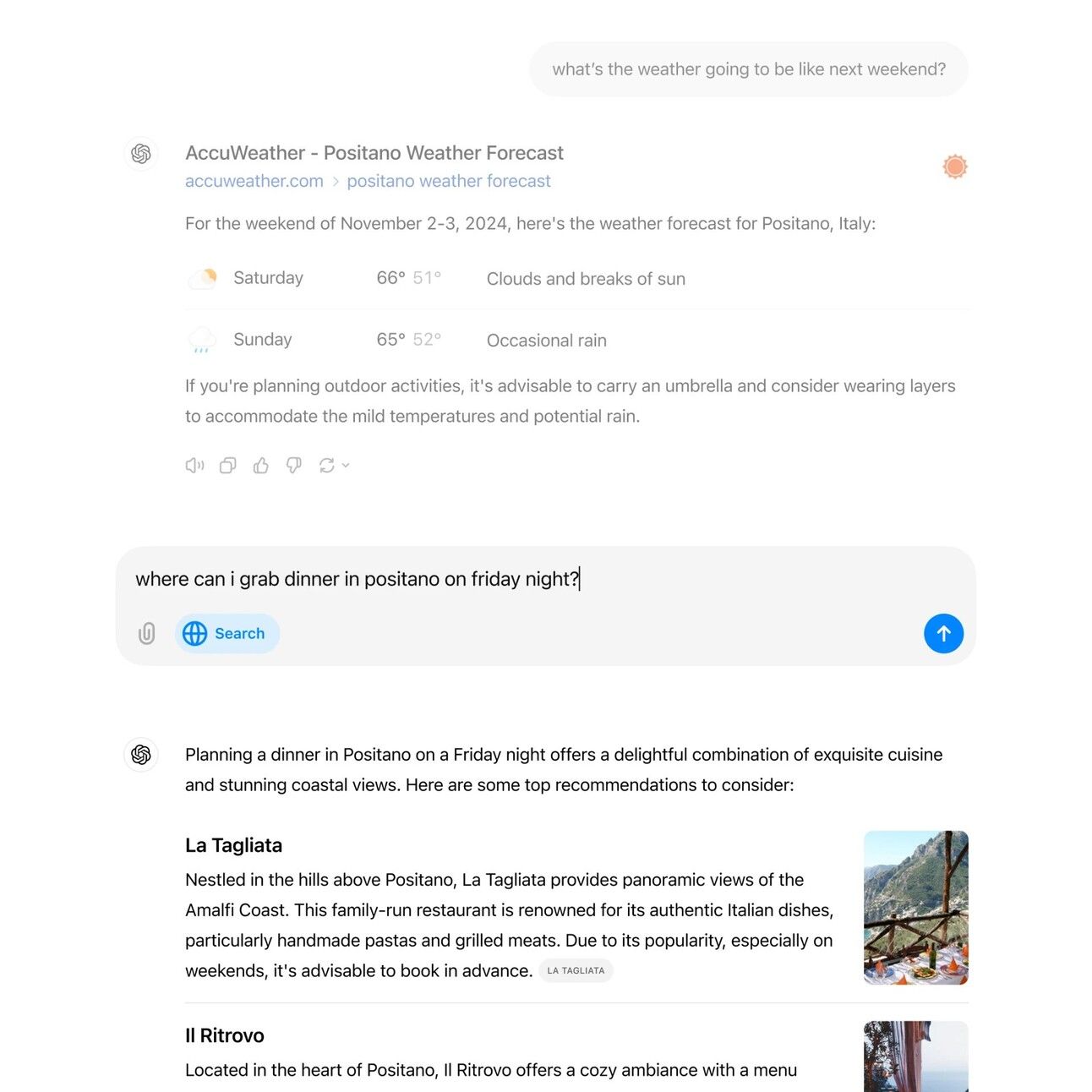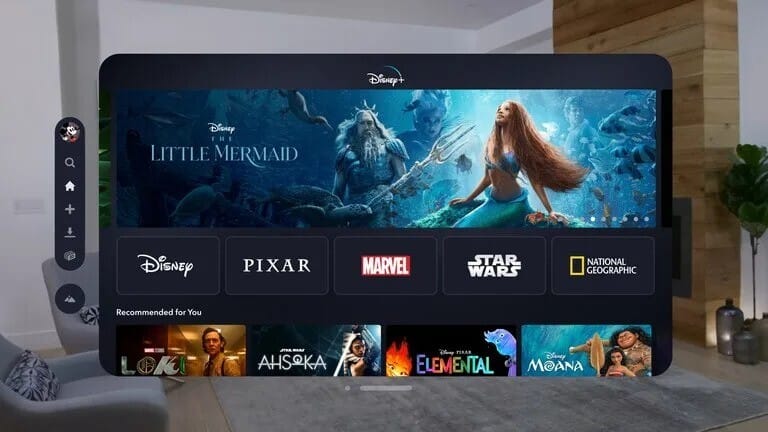- AI Weekly Insights
- Posts
- AI Weekly Insights #53
AI Weekly Insights #53
Oasis Gaming, Disney’s AI Dreams, and Meta’s Robotic Touch
Happy Sunday,
It's time for ‘AI Weekly Insights’ #53! This week, we're diving into some exciting developments, from an open-source game prototype inspired by Minecraft to Disney's ambitious AI-powered entertainment plans. We'll also look at Meta's advancements in robotic touch and dexterity, as well as OpenAI's real-time search updates.
Ready? Let’s dive in!
The Insights
For the Week of 10/27/24 - 11/02/24 (P.S. Click the story’s title for more information 😊):
What’s New: Decart has launched "Oasis," an open-source, AI-generated game demo inspired by "Minecraft" that challenges traditional game engines. Rather than using pre-built frameworks, Oasis relies on AI to create graphics, physics, and interactions in real time.
AI-Powered Gaming: Oasis takes a leap into "engineless" development, where AI generates the game world in real time. This approach aims to cut development costs and timelines by automating world-building and mechanics on the fly. Early reviews are mixed: some players are intrigued by the fresh concept, while others have labeled it a "glitchy Minecraft" due to its bugs and uncanny similarities to the original. Critics are debating whether these issues reflect the technology's current limits or if they are simply growing pains typical of an early-stage project.
Why It Matters: Oasis illustrates both the promise and the challenges of AI-led game design. Its open-source release is a playground for developers and researchers eager to experiment with AI-powered frameworks. However, critiques also fuel ongoing debates about AI's role in creative industries like gaming, where originality and user experience are crucial. Originality is particularly challenging for AI, as it often relies on existing data, which can lead to derivative rather than truly novel content. If AI can mature to create polished, stable experiences, it could make game development faster and more accessible. For now, Oasis stands as both a bold prototype and a reminder of the hurdles still to be overcome. It will be exciting to see how these developments shape the future of AI game design.

Image Credits: Oasis
What's New: Meta has announced significant advancements in robotic touch perception and dexterity, including new tactile sensors and a framework for human-robot collaboration.
Advances in Touch and Dexterity: Meta's latest research includes technologies designed to improve how robots sense touch and handle delicate tasks:
Meta Sparsh: A general-purpose encoder that helps robots understand touch data from different sensors.
Meta Digit 360: A fingertip sensor that allows robots to sense touch with more precision, almost like a human finger.
Meta Digit Plexus: A platform that combines several sensors into one robotic hand for more complex tasks.
These technologies are being commercialized through partnerships with GelSight Inc. and Wonik Robotics, who will sell the Digit 360 and a robotic hand using Meta Digit Plexus, respectively. Meta also introduced the PARTNR benchmark, a new framework for testing robots’ planning and reasoning abilities in collaborative scenarios with humans.
Why it Matters: Robots capable of interpreting complex tactile information will unlock new levels of interaction and versatility, essential for everything from precision manufacturing to healthcare. The PARTNR benchmark could become an industry standard, ensuring that robots can work together with human counterparts in real-world situations. This progress is part of a broader mission to integrate advanced AI and robotics, aiming for machines that interact more naturally within our physical world. By pursuing sensory enhancements and collaboration benchmarks, Meta’s vision is one step closer to a future where robots are not just functional but also intuitive partners in daily life.
What's New: OpenAI has introduced web search to ChatGPT, enabling real-time access to internet data for timely, relevant responses. Initially available to paid users and the SearchGPT waitlist, the feature will roll out to all users soon.
From Prototype to Full Search: ChatGPT’s new web search feature builds on previous iterations, allowing the model to provide up-to-date answers on news, sports scores, financial updates, and more. Users can choose between manual or automatic searches, providing flexibility in how and when search results appear. To maintain transparency, every search result comes with citations and links, so users can verify sources and further explore topics. OpenAI has collaborated with publishers to ensure quality results while adhering to copyright guidelines.
Why it Matters: This search functionality is a direct challenge to traditional search engines like Google, marking a shift from static AI assistants to dynamic, real-time resources. As we explored when discussing the SearchGPT prototype, this integration positions ChatGPT as a serious contender in the “search with AI” movement that companies like Perplexity are also pursuing. Rather than integrating AI into established search engines as Google and Microsoft are doing, OpenAI’s approach gives ChatGPT the flexibility to act as a conversational, standalone alternative to web search itself. The question now is whether tools like ChatGPT will ultimately change how people prefer to find information online, potentially reshaping the entire search landscape with more interactive and human-centered ways to explore the internet.

Image Credits: OpenAI

Image Credits: OpenAI
What's New: Disney has unveiled a dedicated division, the Office of Technology Enablement, aimed at advancing the company's use of artificial intelligence (AI) and mixed reality (MR) across its operations. Jamie Voris, a Disney technology veteran, will lead the new unit.
Future of Immersive Entertainment: Disney’s latest initiative focuses on integrating emerging AI and MR technologies in a way that enhances storytelling and elevates visitor experiences. Rather than centralizing all tech projects, the new office will coordinate AI and MR initiatives across Disney's divisions, including film, television, and theme parks. With expertise from Disney’s Imagineering team, known for developing immersive theme park experiences, the division will leverage AI and AR (alternate reality) to create dynamic, interactive experiences for visitors. Voris’s team will also address potential risks associated with these technologies, balancing innovation with Disney’s commitment to brand safety and family-friendly values.
Why it Matters: With the rapid growth of AI and MR technologies, Disney’s move signals a proactive approach to staying competitive in the immersive entertainment space. As companies like Meta and Apple drive advances in AR and VR hardware, Disney’s dedicated team aims to bring these technologies into iconic Disney experiences both at parks and in-home. This shift highlights the broader trend where entertainment giants are not only adopting but actively shaping the AI and MR landscapes. Disney’s strategy contrasts with other media companies that incorporate AI into existing structures. Disney is building a framework designed for the creative use of these technologies. The question remains whether this approach will set Disney apart as a leader in immersive storytelling, potentially redefining how audiences engage with both digital and real-world Disney magic.

Image Credits: Disney
Thanks for being an essential part of this journey through AI’s ever-evolving landscape. I’m always eager to hear thoughts, questions, or ideas. Together, we can keep pushing the boundaries of what’s possible and inspire each other along the way.
Until next Sunday, keep exploring and stay engaged!
Warm regards,
Kharee